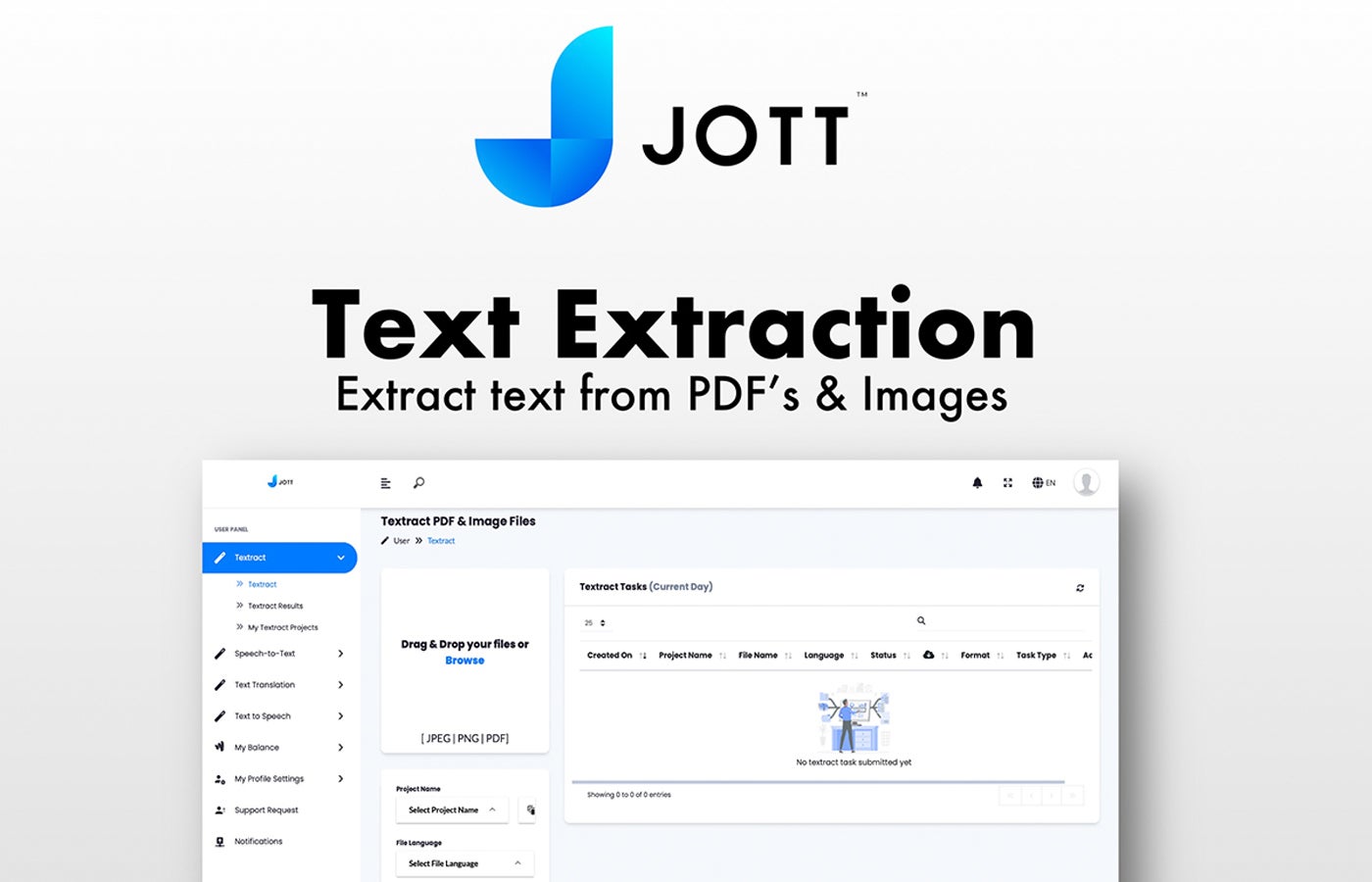Organizations must still develop trust in AI prior to they release it throughout the organization. Here are some simple actions to make AI more trustworthy and ethical.
Image: iStock/metamorworks
” The problem of skepticism in AI systems was a major theme at IBMs annual consumer and designer conference this year,” said Ron Poznansky, who works in IBM style efficiency. “To put it bluntly, the majority of individuals do not rely on AI– at least, not enough to put it into production. A 2018 study carried out by The Economist discovered that 94% of service executives believe that embracing AI is important to solving tactical challenges; nevertheless, the MIT Sloan Management Review discovered in 2018 that just 18% of companies are real AI pioneers, having thoroughly adopted AI into their offerings and processes.
” SEE: Metaverse cheat sheet: Everything you require to understand (complimentary PDF) (TechRepublic) Understand AI biasOn the other hand, Poznansky and others remind business that AI is biased by style– and that as long as companies comprehend the nature of the predisposition, they can conveniently utilize AI.As an example, when a significant AI molecular experiment in recognizing services for COVID was carried out in Europe, research study that intentionally did not go over the molecule in concern was left out in order to speed time to results.That said, analytics drift that can happen when your AI moves away from the original service use case it was meant to deal with or when underlying AI innovations such as maker knowing “discover” from data patterns and form incorrect conclusions.Find a midpointTo prevent skewed outcomes from AI, the gold standard methodology today is to check and reconsider the results of AI to confirm that it is within 95% precision of what a group of human subject matter specialists would conclude. SEE: We require to pay attention to AI bias prior to its too late (TechRepublic) Arriving at an ideal compromise on the degree of accuracy that AI provides, while comprehending where its blind and intentional predisposition areas are likely to be, are midpoint solutions that companies can use when working with AI.Finding a midpoint that stabilizes precision versus bias enables companies to do 3 things: They can immediately start using their AI in the business, with the caution that human beings will review and then either reject or accept AI conclusions.They can continue to boost the precision of the AI in the exact same method that they boost other organization software with new functions and features.They can motivate a healthy collaboration in between information science, IT and end-business users.” Solving this urgent problem of lack of trust in AI … starts by attending to the sources of mistrust,” Poznansky stated.
Information, Analytics and AI Newsletter
Find out the most recent news and best practices about information science, big information analytics, and expert system.
Delivered Mondays
Sign up today
See
Source link
” The issue of skepticism in AI systems was a significant style at IBMs yearly client and designer conference this year,” stated Ron Poznansky, who works in IBM design efficiency. A 2018 study conducted by The Economist found that 94% of business executives believe that embracing AI is important to solving strategic challenges; however, the MIT Sloan Management Review discovered in 2018 that just 18% of organizations are true AI leaders, having thoroughly embraced AI into their offerings and procedures.” SEE: Metaverse cheat sheet: Everything you need to understand (totally free PDF) (TechRepublic) Understand AI biasOn the other hand, Poznansky and others remind business that AI is biased by design– and that as long as companies comprehend the nature of the bias, they can easily use AI.As an example, when a major AI molecular experiment in determining solutions for COVID was carried out in Europe, research study that intentionally did not discuss the particle in question was excluded in order to speed time to results.That said, analytics wander that can happen when your AI moves away from the initial company usage case it was meant to attend to or when underlying AI technologies such as device knowing “find out” from information patterns and form inaccurate conclusions.Find a midpointTo avoid manipulated results from AI, the gold basic approach today is to inspect and reconsider the outcomes of AI to verify that it is within 95% precision of what a team of human subject matter specialists would conclude. SEE: We need to pay attention to AI predisposition prior to its too late (TechRepublic) Arriving at an ideal compromise on the degree of precision that AI delivers, while understanding where its deliberate and blind bias spots are likely to be, are midpoint services that organizations can use when working with AI.Finding a midpoint that balances precision versus bias permits business to do 3 things: They can instantly start using their AI in the service, with the caution that human beings will evaluate and then either turn down or accept AI conclusions.They can continue to improve the accuracy of the AI in the very same method that they improve other organization software with new functions and features.They can motivate a healthy collaboration in between information science, IT and end-business users.” Solving this urgent issue of lack of trust in AI … starts by dealing with the sources of skepticism,” Poznansky said.
















